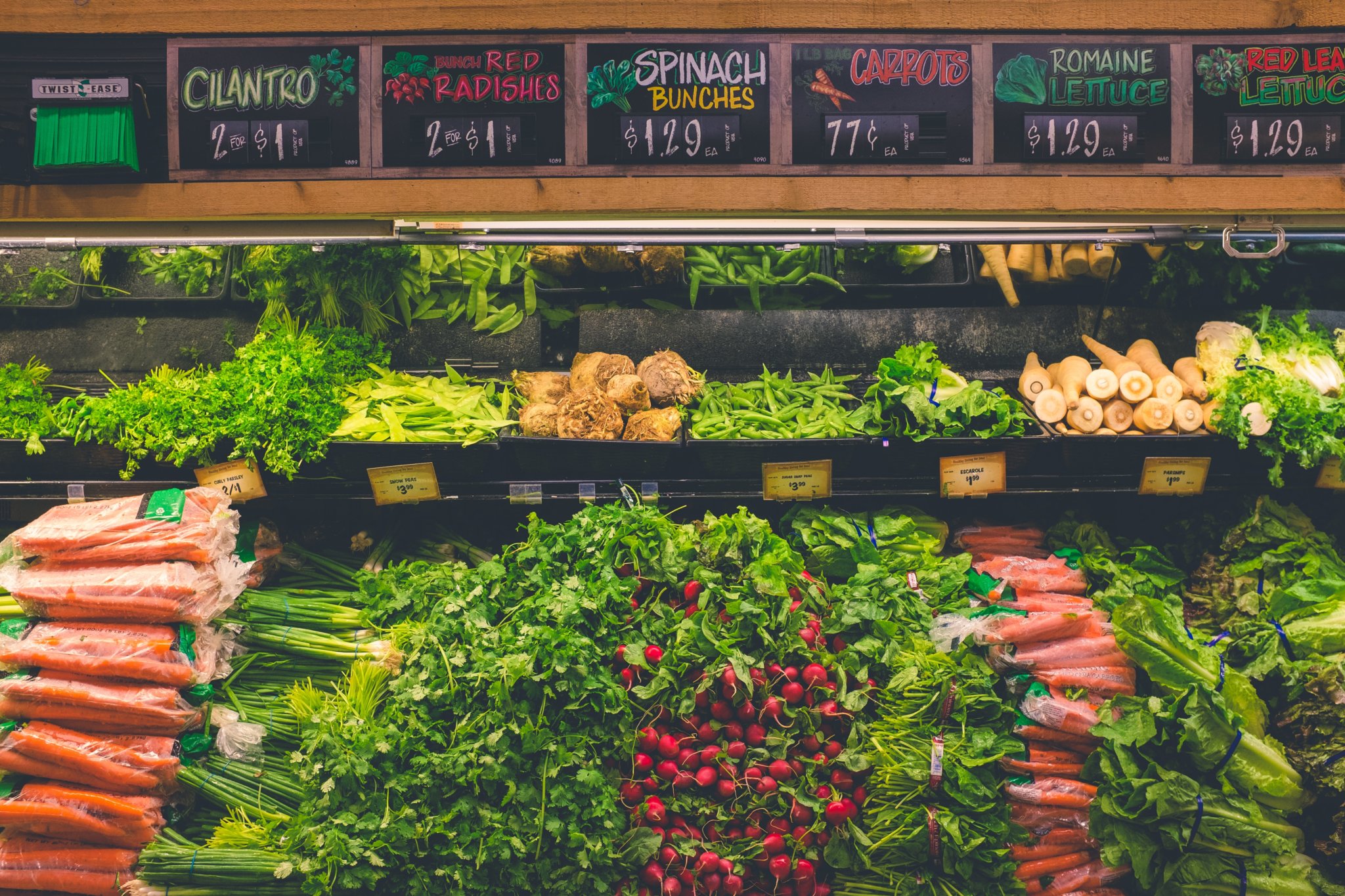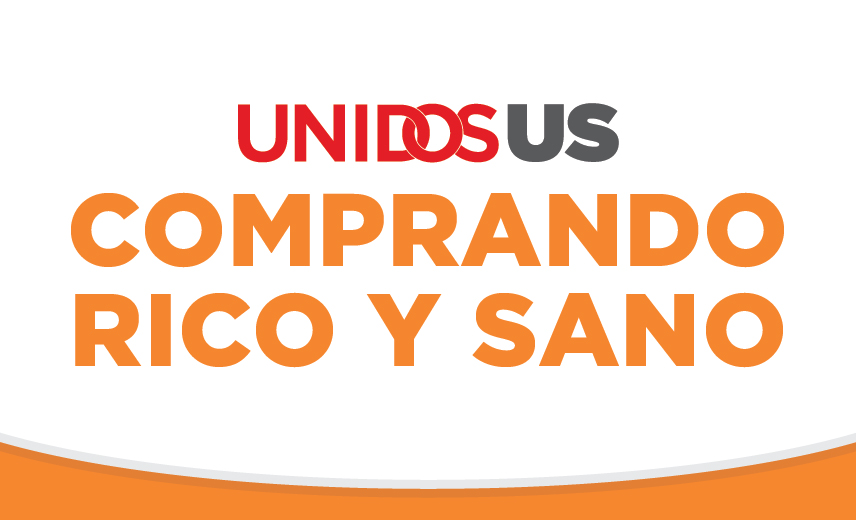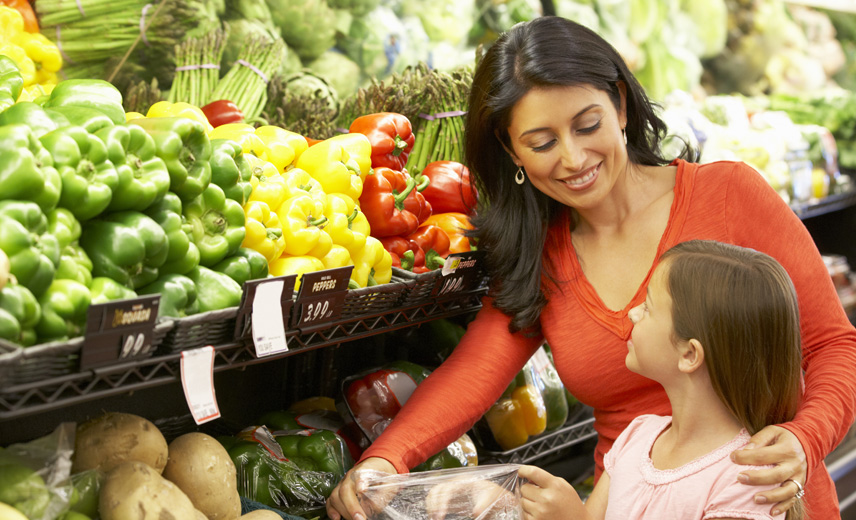SNAP Emergency Allotments Have Ended. Now What?
On March 1, 2023, millions of people who were relying on support from the Supplemental Nutrition Assistance Program (SNAP) to feed their families saw their SNAP benefits drop with the end of pandemic-era SNAP Emergency Allotments (EAs). SNAP has provided monthly funds to American families for decades to help them stretch their budgets and put food on the table. A new study shows that access to SNAP benefits reduces the racial gap in food insecurity. Black and multiracial households have had higher food insecurity rates than white households over the last 20 years. The study suggests SNAP access could improve these disparities, though the program has ways to go.
In 2022 alone, about 42 million individuals were registered for and received SNAP benefits to purchase food. Yet, despite its success, SNAP’s effectiveness is being threatened by proposals to take away food from hardworking people. The 2023 Farm Bill – currently under deliberation – provides a pathway for mitigating the effects of the looming hunger cliff and advancing access to healthy and affordable food by improving access to SNAP and increasing the monthly SNAP benefit.
An End to SNAP Emergency Allotments
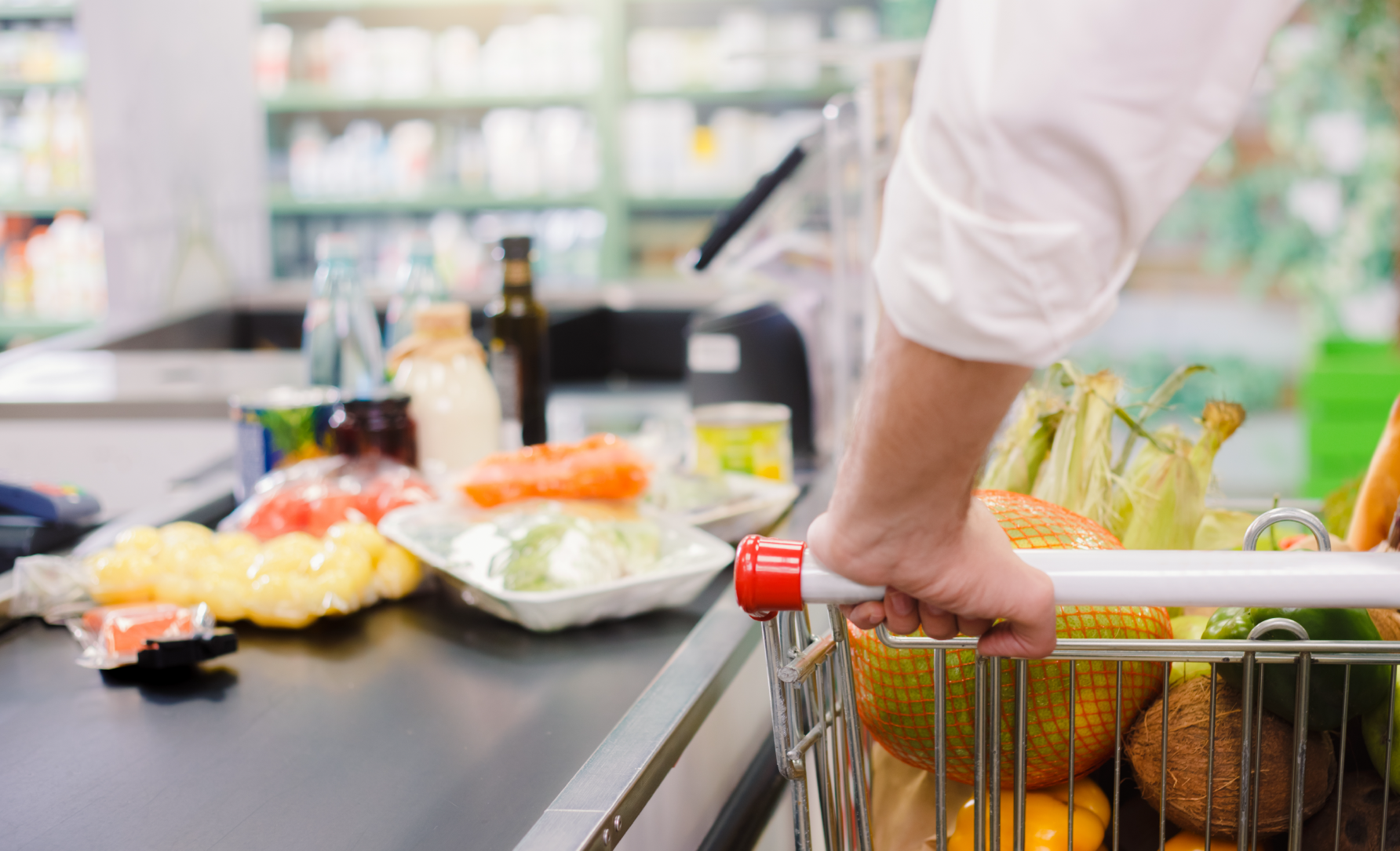 SNAP EAs were additional temporary boosts to SNAP benefits implemented following the onset of the COVID-19 pandemic. Congress established SNAP EAs in 2020 to help curb the mounting hunger crisis exacerbated by the economic instability and public health emergency. Originally slated to end the same month that when the Public Health Emergency ended (May 2023), SNAP EAs came to an end on February 28, 2023, leaving millions of families with steep cuts to their SNAP benefit amounts. This decreased their ability to purchase and consume healthy foods such as fruits and vegetables at a time when the cost of food, transportation, and housing continue to skyrocket. To date, SNAP benefits have fallen to an insufficient average of $6 per person per day. And some elderly SNAP participants have seen their benefits fall from $281 to $23 a month.
SNAP EAs were additional temporary boosts to SNAP benefits implemented following the onset of the COVID-19 pandemic. Congress established SNAP EAs in 2020 to help curb the mounting hunger crisis exacerbated by the economic instability and public health emergency. Originally slated to end the same month that when the Public Health Emergency ended (May 2023), SNAP EAs came to an end on February 28, 2023, leaving millions of families with steep cuts to their SNAP benefit amounts. This decreased their ability to purchase and consume healthy foods such as fruits and vegetables at a time when the cost of food, transportation, and housing continue to skyrocket. To date, SNAP benefits have fallen to an insufficient average of $6 per person per day. And some elderly SNAP participants have seen their benefits fall from $281 to $23 a month.
This loss in benefits disproportionately harms low-income Latinos and other communities of color who experience higher rates of food insecurity. According to Census Bureau Household Pulse Survey data from May 2023, Latino households with children (21%) persistently report not having enough to eat at more than double the rate of white households with children (10%).
Community-Based Organizations Can Provide Latino Families Facing Food Insecurity with Support
Programs like SNAP are a significant source of support for low-income Latino families. More than one in five SNAP participants are Latino. When benefits are reduced, the effects are deeply felt by hardworking community members who rely on SNAP to supplement their food budgets and access healthier foods.
Barriers to enrollment and participation in SNAP and other food assistance programs prevent eligible Latinos from accessing food. USDA data show that more than 4 million Latinos are eligible for SNAP yet remain unenrolled. Oftentimes, government programs and community-based organizations can work together to reduce barriers to enrollment and ensure that families get the assistance they need.
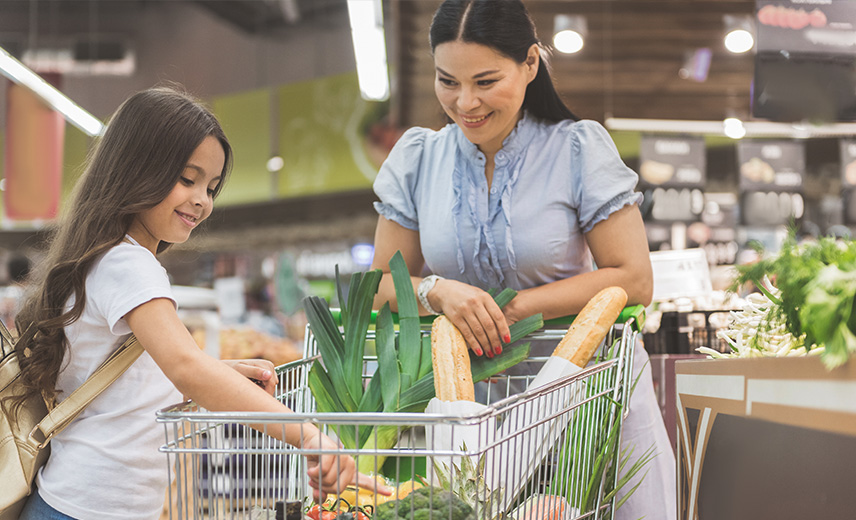 Latinos face multiple barriers when attempting to access and enroll in federal nutrition programs, including eligibility restrictions, limited access to bilingual and bicultural staff in application centers, inadequate outreach and dissemination of information that leads to misconceptions about the program, and limited access to technology. Health centers and community-based organizations (CBOs) across the country are addressing these barriers head-on by utilizing culturally relevant models (community health workers) to reduce food insecurity in Latino communities. During the pandemic and other public health emergencies, CBOs work around the clock to provide services to individuals and families.
Latinos face multiple barriers when attempting to access and enroll in federal nutrition programs, including eligibility restrictions, limited access to bilingual and bicultural staff in application centers, inadequate outreach and dissemination of information that leads to misconceptions about the program, and limited access to technology. Health centers and community-based organizations (CBOs) across the country are addressing these barriers head-on by utilizing culturally relevant models (community health workers) to reduce food insecurity in Latino communities. During the pandemic and other public health emergencies, CBOs work around the clock to provide services to individuals and families.
Since 2013, UnidosUS has made significant headway in addressing food insecurity in Latino communities across the nation through its national program—Comprando Rico y Sano (Buying Healthy and Flavorful Foods). The national program builds the capacity of CBOs to increase food security among Latinos by equipping their promotores de salud with training and resources to provide culturally responsive nutrition education that promotes healthy shopping and eating habits, and information and enrollment assistance into the Supplemental Nutrition Assistance Program (SNAP), and Special Supplemental Nutrition Program for Women, Infants, and Children (WIC). As part of Comprando Rico y Sano this year, CBOs are working to inform SNAP benefits in the wake of changes to the program, like the end of SNAP EAs and eligibility changes. Developed by UnidosUS and supported by the Walmart Foundation and other partners, the program responds to the needs of predominantly Spanish-speaking Latino communities using the culturally sensitive promotores de salud model.
Between 2020 and 2022, Comprando Rico y Sano successfully reached 4.6 million Latinos, providing them with key messaging on nutrition and SNAP enrollment; 3.9 million pounds of food were distributed or delivered to homes; 95,846 Latinos received nutrition education via in-person and virtual sessions; 26,629 Latinos enrolled in SNAP and 157 promotores de salud received training to implement the program. For more information about the program, click here.
Where You Can Get Food
Community-based organizations continue to do important work ensuring that community members get necessary information about programs accessible to them. These programs provide services that help Latino families access helpful services they may not know about. To mitigate the harms of the end of SNAP EAs and other changes to SNAP benefits, community-based organizations should share important messages with their communities.
For updates on what’s happening in your state, check out the U.S. Department of Agriculture’s Food and Nutrition Service.
Food Banks continue to provide necessary food and ingredients to American households. Find your local food bank here.
